Dachsweiler vs. Tosa: Breed Differences and Similarities
Hypoallergenic
Are Dachsweilers or Tosas hypoallergenic, or neither?
Unfortunately, neither Dachsweiler nor Tosa are hypoallergenic, which may not make them the best choice for dog lovers who suffer from pet allergies.
Ancestry
What are the origins of Dachsweiler and Tosa breeds?
Rottweiler and Dachshund
Kocki, Shikoku, Mastiff, German Pointer, St. Bernard
Date of Birth
When were Dachsweiler and Tosa breeds first developed?
Unknown
1800s
Eye Color Possibilites
What are the eye colors of Dachsweiler and Tosa dogs?
Brown
Brown
Nose Color Possibilites
What are the natural nose colors of Dachsweiler and Tosa?
Black
Black
Coat Color Possibilites
What are the natural colors of the coat for Dachsweiler and Tosa breeds?
Blue
Cream
Black
Fawn
Red
Brindle
Black
Coat Length
What is the typical coat length for Dachsweiler and Tosa breeds?
Dachsweilers have longer coats compared to most dogs.
Tosas have coats that can be either short or medium in length.
Coat Density
What is the density of the coat of Dachsweiler and Tosa?
Coat Texture
What is the hair texture of Dachsweiler and Tosa?
Wiry
Straight
Litter Size
What is the usual litter size for Dachsweiler and Tosa?
A Dachsweiler can have a litter of 4-8 puppies on average. However, it's worth noting that the size of the litters can vary greatly. Factors that can influence litter size include the health of the mother, breeding history, and genetics.
A Tosa can have a litter of 10-12 puppies on average. However, it's worth noting that the size of the litters can vary greatly. Factors that can influence litter size include the health of the mother, breeding history, and genetics.
Major Concerns
What are the major health concerns for Dachsweiler and Tosa breeds?
Epilepsy
Intervertebral Disc Disease (IVDD)
Gastric Dilation Volvulus (GDV) or Bloat
Hip Dysplasia
Gastric Dilation Volvulus (GDV) or Bloat
Minor Concerns
What minor health issues should be kept in mind when owning Dachsweiler and Tosa?
Patellar Luxation
Hip Dysplasia
Eye Problems
Occasional Tests
What occasional tests are recommended for Dachsweiler and Tosa breeds?
X-Rays
Physical Examination
Urinalysis
Optical Examination
Neurological Testing
Blood Work and Serum Chemistry Tests
OFA
CERF
X-Rays
Full Physical Examination
Past times
What are some enjoyable activities and ways to keep Dachsweiler and Tosa entertained?
Walk, Run, Tug-of-war, Nap, Chase, Off-leash, Long walks, Tug o war, Running, Swimming, Fetch, Dog Parks, Bike ride, Walking, Play Fight, Cuddling, Car rides, Playdate, Speak, Sleep, Play keep away, Cuddle, Jumping, Tug of war, Camping, Catch treats, Hide & Seek
Cuddling, Chasing stick, Going on drives, Going on walks, Photo shoots, Playing, MAJOR cuddler
Activity Level
Which breed has higher energy, Dachsweilers or Tosas?
Dachsweilers are high-energy dogs. They need mental as well as physical exercise. These dogs require a lot of your involvement and without it they can, and will, become problematic dogs.
Tosas are medium-energy dogs and typically enjoy socializing and playing casual or even sustained games of chase with other dogs. They may also have occasional periods of barking or racing around the house.
Walks per Week
How many miles should Dachsweiler or Tosa walk each week?
There's really no limit to how far you walk your dog as long as they're comfortable. For Dachsweiler, it's at least 9 miles / week. Just remember to build distance and stamina gradually over time.
There's really no limit to how far you walk your dog as long as they're comfortable. For Tosa, it's at least 10 miles / week. Just remember to build distance and stamina gradually over time.
Activity per Day
Do Dachsweilers or Tosas require more exercise?
In general most Dachsweilers usually need at least 90 minutes of exercise daily. This can be spread across the day and include all sorts of high-energy activities, like walking, running and playing.
In general most Tosas usually need at least 60 minutes of exercise daily. This can be spread across the day and include all sorts of high-energy activities, like walking, running and playing.
Brushing Frequency
What is the recommended brushing frequency for Dachsweiler and Tosa dogs?
Dachsweiler and Tosa should be brushed at least once a week. Of course, you can give them more frequent brushes if you find that they are still shedding a lot.
Brushing Tools
What brushing tools are used for Dachsweilers and Tosas?
Comb
Clipper
Nail Clipper
Slicker Brush
Nail Clipper
Cups
How much food should be given to Dachsweiler or Tosa in cups?
For an average 30-100 pound (14 - 45 kg) Dachsweiler feed 2 cups daily. But, keep in mind, the amount you feed is going to be dependent on the quality of the food you are feeding.
For an average 120-170 pound (54 - 77 kg) Tosa feed 4 cups daily. But, keep in mind, the amount you feed is going to be dependent on the quality of the food you are feeding.
Daily Cost
Which breed has a higher daily cost, Dachsweiler or Tosa?
The average cost of a Dachsweiler is somewhere $1.40 - $2.00 per day.
The average cost of a Tosa is somewhere $3.90 - $4.20 per day.
Monthly Cost
Which breed has a higher monthly cost, Dachsweiler or Tosa?
The average per month expenses of a Dachsweiler is between $35 - $63. This makes an average of $420 - $756 per year. It will be on the higher side when the dog is still small because it will need more frequent visits to the vet, shots.
The average per month expenses of a Tosa is between $112 - $126. This makes an average of $1344 - $1512 per year. It will be on the higher side when the dog is still small because it will need more frequent visits to the vet, shots.
Compare Dachsweiler with other breeds
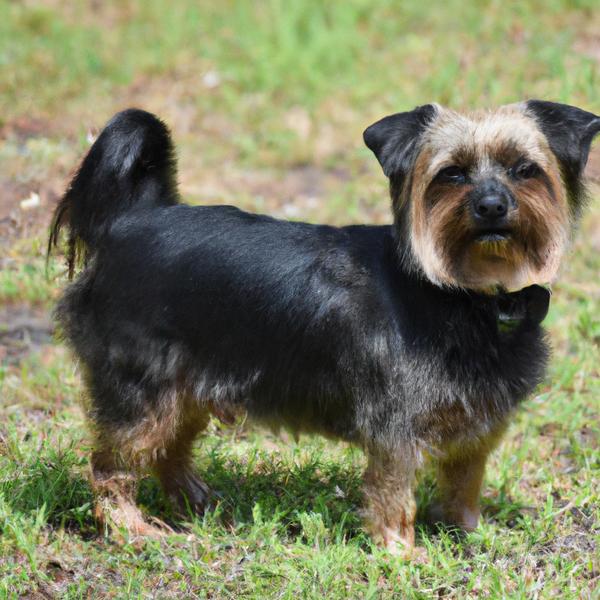
Miniature Schnoxie
Dachsweiler vs Miniature Schnoxie

Doxie-Chon
Dachsweiler vs Doxie-Chon
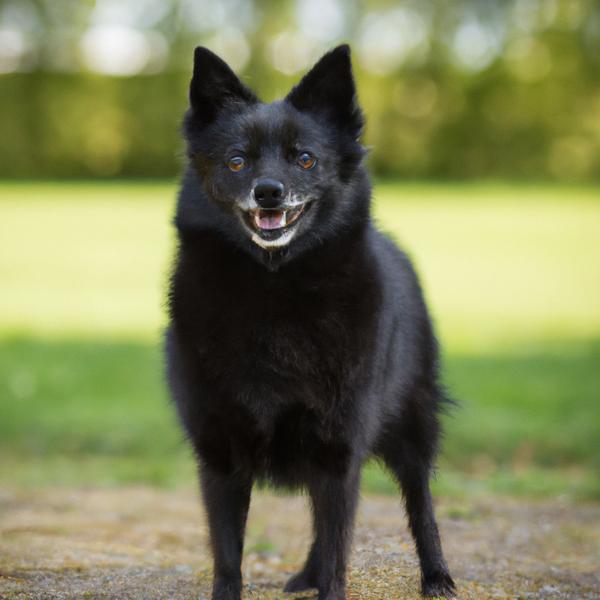
Schipperke
Dachsweiler vs Schipperke
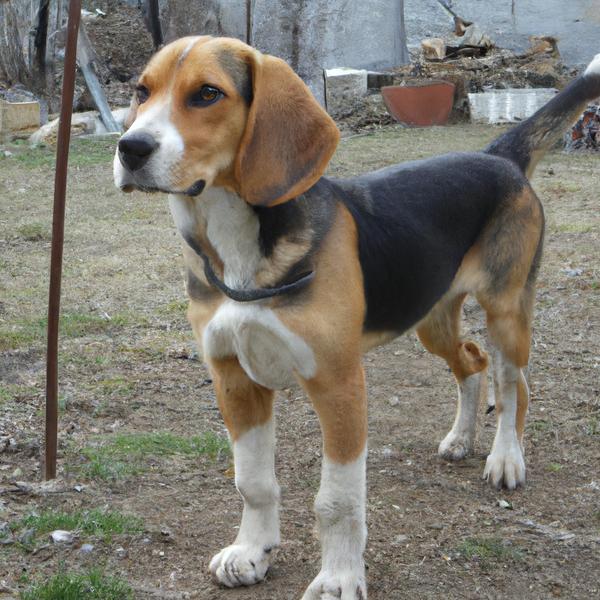
Beagle Shepherd
Dachsweiler vs Beagle Shepherd

Norwegian Lundehund
Dachsweiler vs Norwegian Lundehund
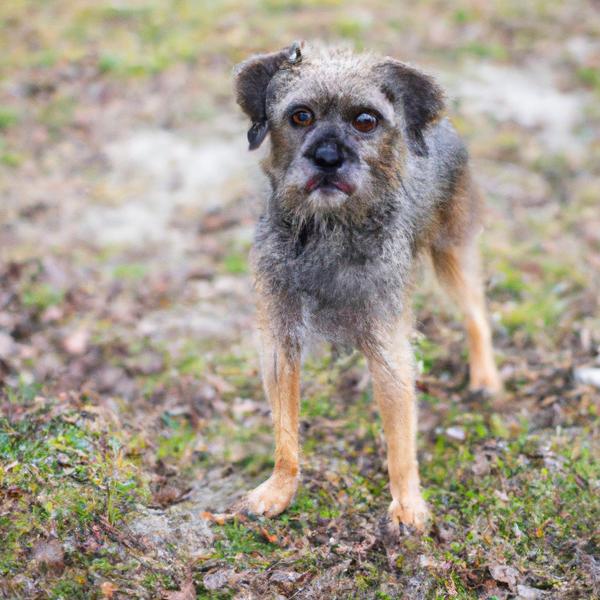
Broodle Griffon
Dachsweiler vs Broodle Griffon
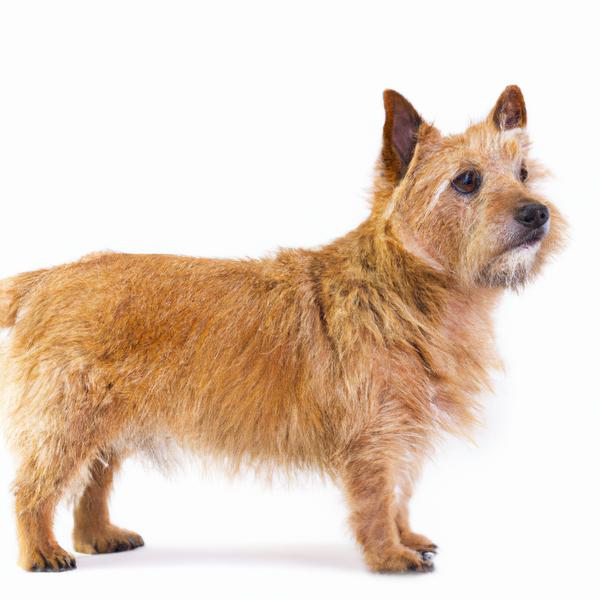
Norwich Terrier
Dachsweiler vs Norwich Terrier
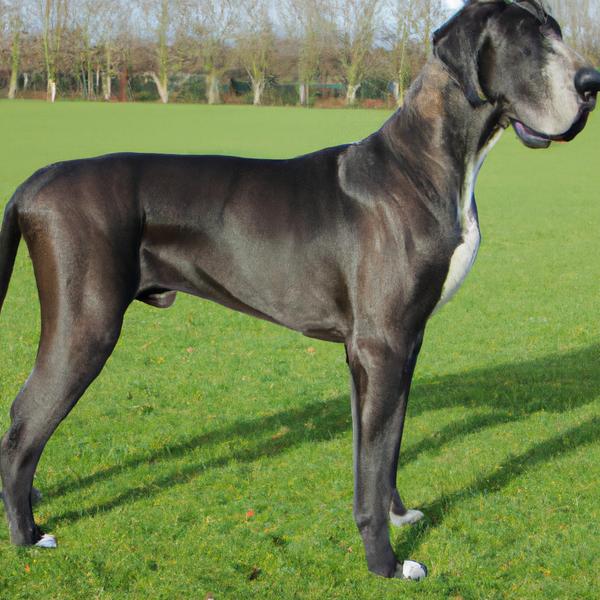
Irish Dane
Dachsweiler vs Irish Dane
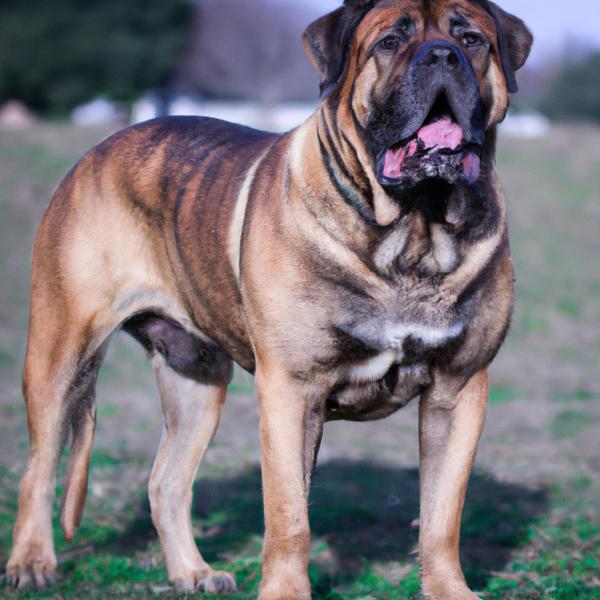
Bullsky Mastiff
Dachsweiler vs Bullsky Mastiff
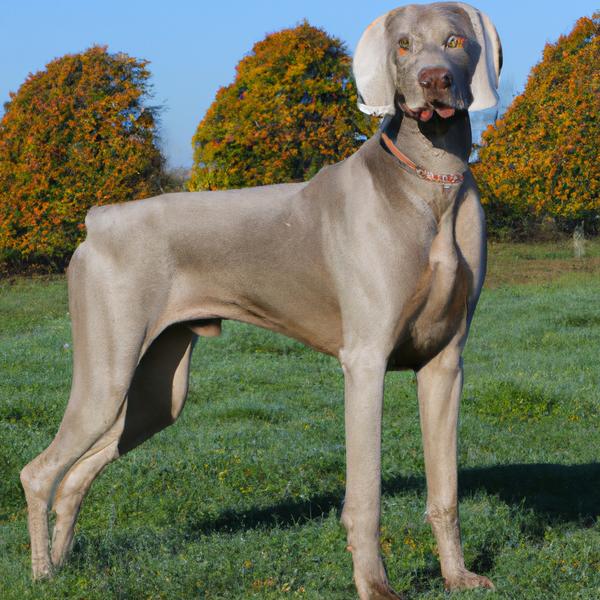
Weimapeake
Dachsweiler vs Weimapeake
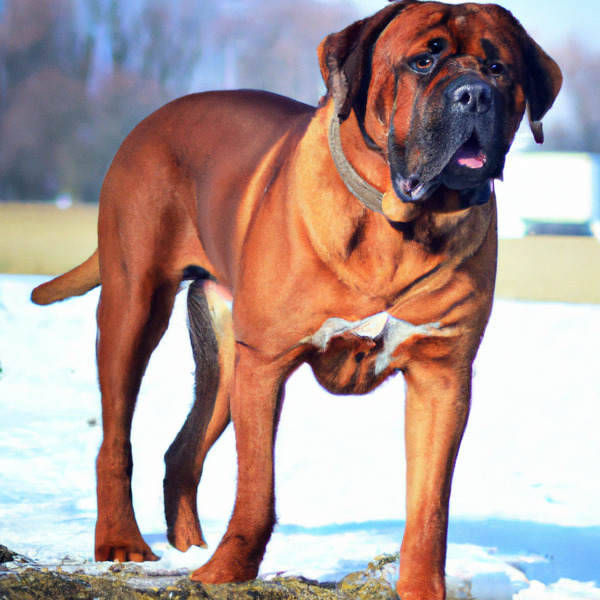
Tosa
Dachsweiler vs Tosa

Basque Shepherd
Dachsweiler vs Basque Shepherd
